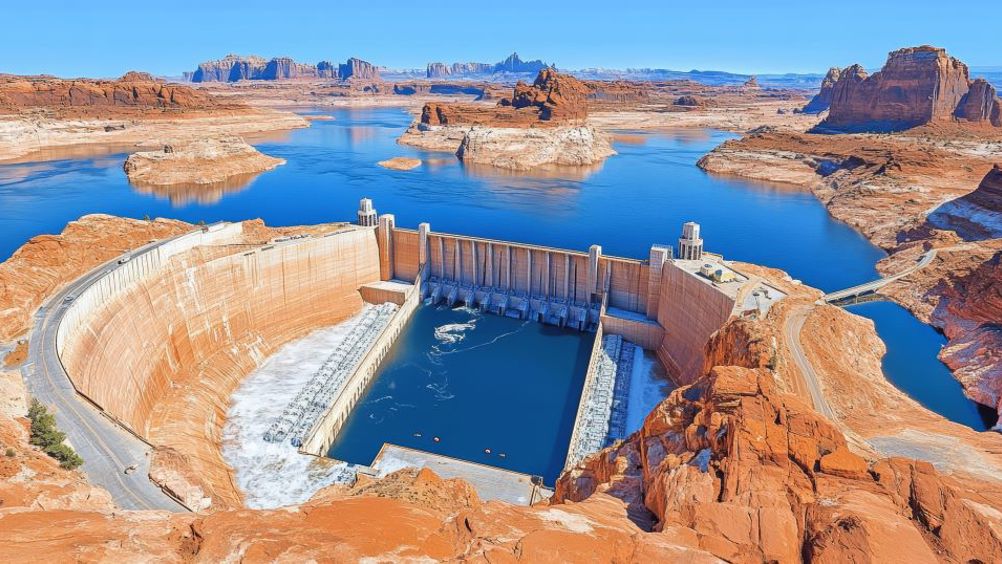Vulnerable water resources could increase price of grid decarbonisation
Failure to account for climate change’s impacts on water resources could hinder efforts to decarbonise the grid in the Western United States of the US by 2050.

According to a new study published in Nature Communications, changes in water availability caused by climate change could decrease hydropower generation by up to 23 per cent by 2050, while electricity demand could increase by two per cent. Both these phenomena would come together in summer to compound impacts on the grid.
To adapt to these impacts, the Western United States would need to build up to 139GW of power capacity between 2030 and 2050, which is said to be equivalent to nearly three times California’s peak power demand, or up to 13GW in transmission capacity during the same period. It is estimated that the total additional investment would cost up to $150bn.
The study, supported by the US Department of Energy, was co-authored by a team of Canadian and US researchers, including at the University of California San Diego.
In their study, the team accounted for the vulnerability of the Western United States to water-related climate change impacts, such as rising temperatures, changing patterns in rainfall and declining snowpack. They built simulations that link the region’s water and electricity systems. They then evaluated how the region could adapt to a range of potential climate change futures from 2030 to 2050, while still trying to transition to a grid powered by carbon-free energy sources.
Register now to continue reading
Thanks for visiting The Engineer. You’ve now reached your monthly limit of news stories. Register for free to unlock unlimited access to all of our news coverage, as well as premium content including opinion, in-depth features and special reports.
Benefits of registering
-
In-depth insights and coverage of key emerging trends
-
Unrestricted access to special reports throughout the year
-
Daily technology news delivered straight to your inbox










Water Sector Talent Exodus Could Cripple The Sector
Maybe if things are essential for the running of a country and we want to pay a fair price we should be running these utilities on a not for profit...